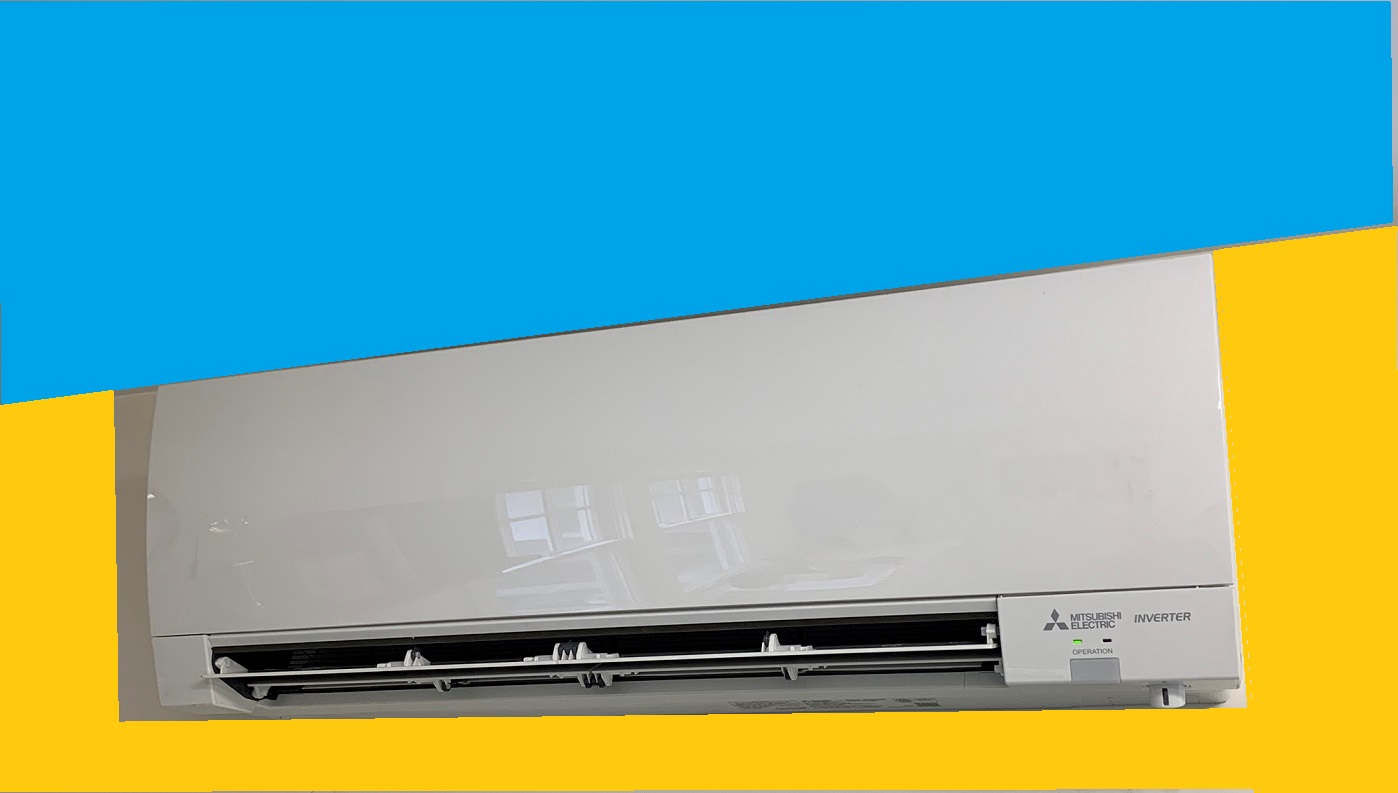Sign up for daily news updates from CleanTechnica on email. Or follow us on Google News!
Mention electric cars, and some people will go off on a tirade about how there is not enough electricity to charge them all, and if they happened to be charging at the same time, the electrical grid will implode as transmission wires melt and transformers self-destruct in a shower of sparks. There is some truth to those concerns — tens of millions of electric cars are going to need a lot of electrons to keep their batteries charged. But what most people are blissfully unaware of is that data centers and AI are likely to consume half of all the electricity available from renewable energy resources such as solar and wind farms. The grid is under threat, but it’s not from EVs, according to Wired.
There is a new wind farm off the coast of Scotland that is supposed to be able to power 1.3 million homes, but Amazon has just announced it has spoken for more than half of that installation’s 880 MW output. As the world’s biggest companies race to build the infrastructure necessary to enable artificial intelligence, even remote Scottish wind farms are becoming indispensable, Wired says. Which raises this question — Is this why the world is building all these renewable energy resources? We were under the impression that electricity would be used to heat and cool our homes and businesses. Do we the people have to foot the bill to build more transmission lines so Mark Zuckerberg and Jeff Bezos can save every keystroke and data point in their insatiable quest to bring digital advertisers into our personal space to sell us more stuff? Inquiring minds want to know.
Big Data & Renewable Energy
Data center activity is increasing dramatically in Europe. Recently, Microsoft announced it would invest $3.2 billion for data centers in Sweden. Earlier this year, it said it would double its data center footprint in Germany, while also pledging a $4.3 billion data center investment for AI infrastructure in France. Amazon announced a network of data centers in the state of Brandenburg as part of a $8.5 billion investment in Germany, later dedicating another $17.1 billion to Spain. Google said it would spend $1.1 billion on its data center in Finland to drive AI growth. Does anyone notice how these numbers sound a lot like the money the automotive industry is investing in the transition to electric transportation?
As the tech giants rush to build more data centers, behind the scenes there is panic around how to power them with renewable energy. Microsoft, Meta, and Google all plan to be net zero before 2030, while logistics-heavy Amazon has targeted 2040. In pursuit of that aim, the past decade has seen those companies hoover up renewable energy contracts with wind or solar companies. But all these projects rely on electricity grids, which are buckling under increased demand for clean energy. That’s forcing the tech giants to think about their energy intensive futures and consider how they might operate their own off-grid power empires, outside the system.
“There is a recognition that as power demand increases, the industry will have to find alternative energy sources,” says Colm Shorten, senior director of data center strategy at real estate services company JLL. He says that server farms are increasingly looking for “behind the wire” power supply, whether that’s gas or diesel generators or more innovative technology such as green hydrogen. Oh, joy. Big data wants to build more thermal generation capacity so it can power its servers to absorb an endless stream of ones and zeros. Is this progress?
Renewable Energy For Chips & Cooling
Data centers need power for two primary purposes, Wired says. The first is to power the chips that enable computers to run algorithms or power video games. The second is to cool the servers so they don’t overheat. Initiatives such as using liquid to cool the chips instead of air are expected to make modest energy savings, but forecasters like the International Energy Association still expect the demand for power to run data centers to double by 2026, thanks in part to the demands of artificial intelligence.
For the past five years, tech companies have been on an increasingly frenzied shopping spree for renewable energy contracts known as power purchase agreements, which can enable data center operators to reserve power from a wind farm or solar site before the projects have even been built. In Denmark, there are solar farms paid for by Meta. In Norway, there are wind farms bankrolled by Google. As early adopters of these types of deals, tech companies have helped fuel Europe’s now-thriving PPA market, says Christoph Zipf, spokesperson at WindEurope. This month, Microsoft struck the world’s biggest renewable energy deal, signing a $10 billion contract for clean power across Europe and the US.
Grid Conflicts
Yet renewable energy still needs to run through the electricity grid, which is becoming a bottleneck — especially in Europe — as a surge of renewable producers try to connect to supply green electricity to a multitude of sectors. “We’re going to run into energy constraints,” Meta CEO Mark Zuckerberg predicted on a podcast in April. At Davos this year, OpenAI CEO Sam Altman also warned that the status quo was not going to be able to provide AI with the power it needed to advance. “There’s no way to get there without a breakthrough,” he said at a Bloomberg event.
Grid operators are essentially saying the same thing. Ireland’s state-owned electricity provider Eirgrid cited grid problems when it imposed an effective moratorium on Dublin data centers two years ago. When the municipality of Amsterdam introduced a similar pause, the Dutch Data Center Association, an industry group, hit back. “The current grid congestion in North Holland is blocking the growth of the data center sector,” it said in a statement.
In the search for space on the grid, data centers are being pushed into parts of Europe where their arrival is more conspicuous, risking backlash from the smaller communities when they show up. That trend is already visible in Germany, according to Simon Hinterholzer, researcher at Germany’s Borderstep Institute for Innovation and Sustainability. “In the past, the large majority of new data centers were being built in Frankfurt,” he says. “This has completely changed in the last two or three years.” He points to a 300 MW data center being built in the small town of Wustermark, as well as Amazon’s latest investment in Brandenburg, the region bordering Berlin where more than 70 wind turbines were installed last year.
Big Data Thinks Outside The Grid
This unquenchable thirst for renewable energy has led to more calls for data centers to find ways to survive off-grid. “The size of AI projects are getting bigger and bigger, reaching up to 1 gigawatt of power, which cannot be supplied by the traditional power grids,” says Ricardo Abad, founder of data center Quark, which is working on a new site with an unnamed partner in Spain that will be able to generate its own power through onsite solar and wind power. These types of projects are technically still connected to the grid — in case they want to offload excess power — but they have the ability to operate independently, he says.
The same year Dublin announced restrictions on data centers, Amazon also opened its largest ever onsite solar farm, spanning the roof and car park of its fulfillment center in Seville, Spain. Google’s head of data center location strategy in Europe has also expressed interest in onsite renewables for its next generation of server farms. Microsoft and Meta denied running any projects that are entirely off-grid, but in Dublin, Microsoft is building a data center alongside its own backup gas power plant, meaning the site can keep running even if the grid operator kicks it off.
The quest for clean electricity to feed the voracious needs of data centers is leading to some hitherto unimaginable ideas. “In the future, technologies like advanced nuclear reactors, renewable energy sources, and energy storage solutions will be crucial in making this possible,” says Kilian Wagner, an expert in sustainable digital infrastructures at German digital association Bitkom. OpenAI’s Altman is already an investor in Helion Energy, an American nuclear fusion company that has also agreed to provide Microsoft with 50 megawatts of electricity from its first fusion nuclear plant, once operational. In the US, Microsoft has already been experimenting with hydrogen fuel cells, touting them as a form of emission-free power backup.
The Takeaway
The demand for precious electricity to power data centers so people can play video games and mine cryptocurrencies may be startling to some. When society needs electricity to heat and cool our homes, make green cement and low carbon steel, and charge the batteries in tens of millions of electric cars, diverting resources to what basically are amusements seems completely unnecessary, if not downright silly.
The US government has essentially decreed that green hydrogen developers need to supply their own electricity to run their electolyzers. Would a similar policy make sense for data centers? It seems pretty clear ordinary ratepayers are going to be asked to foot the bill to build the transmission infrastructure to operate these gigantic server farms — at least until someone invents chips that consume 90% less electricity. It does seem that there ought to be a hierarchy that prioritizes who gets first dibs on renewable energy, and it’s hard to imagine that data centers and AI deserve priority in any such allocation strategy.
Have a tip for CleanTechnica? Want to advertise? Want to suggest a guest for our CleanTech Talk podcast? Contact us here.
Latest CleanTechnica.TV Videos
CleanTechnica uses affiliate links. See our policy here.





